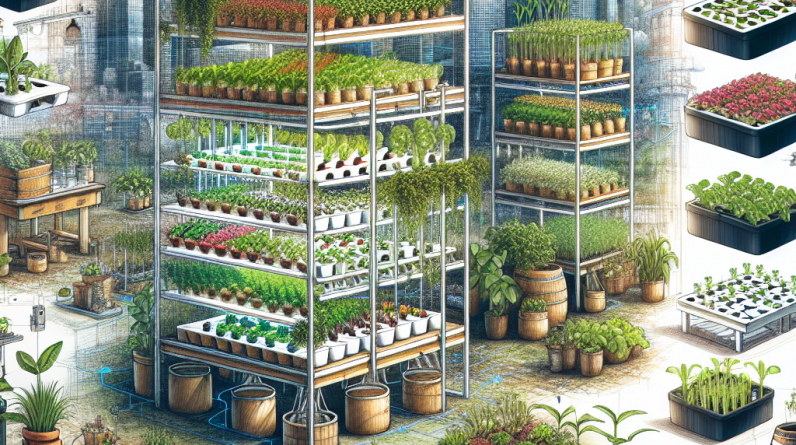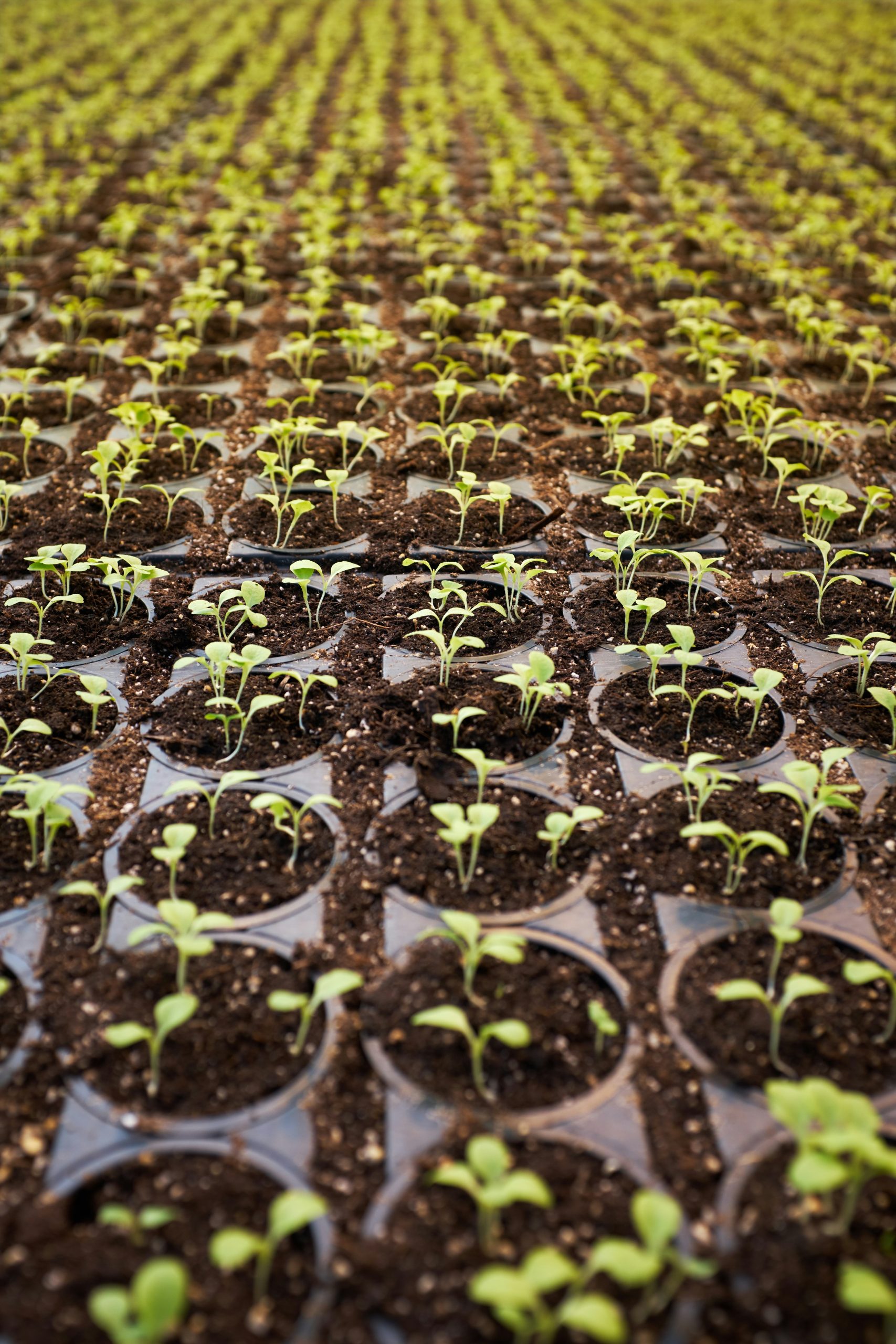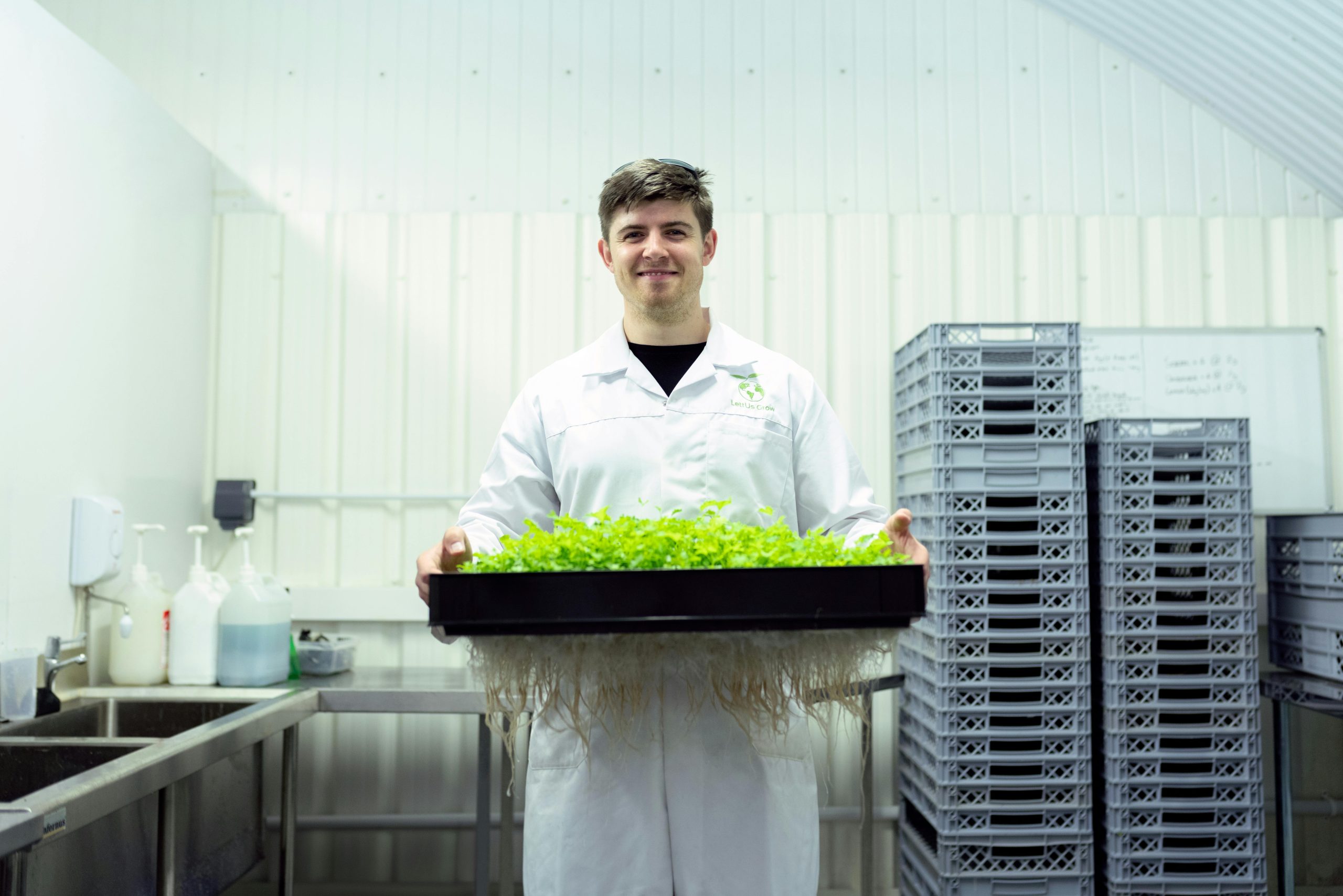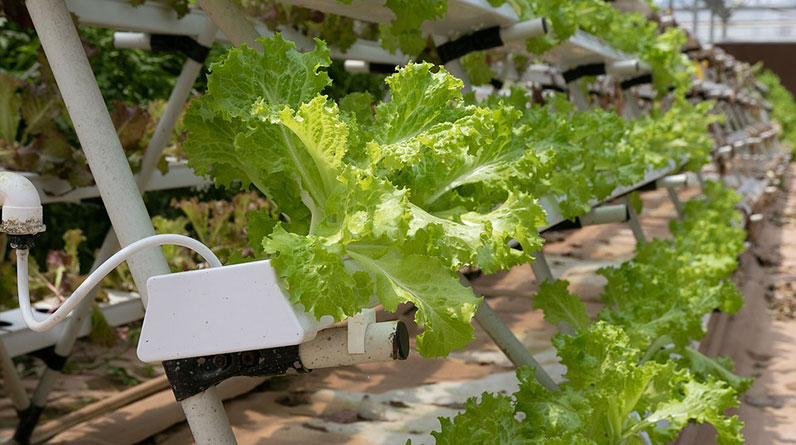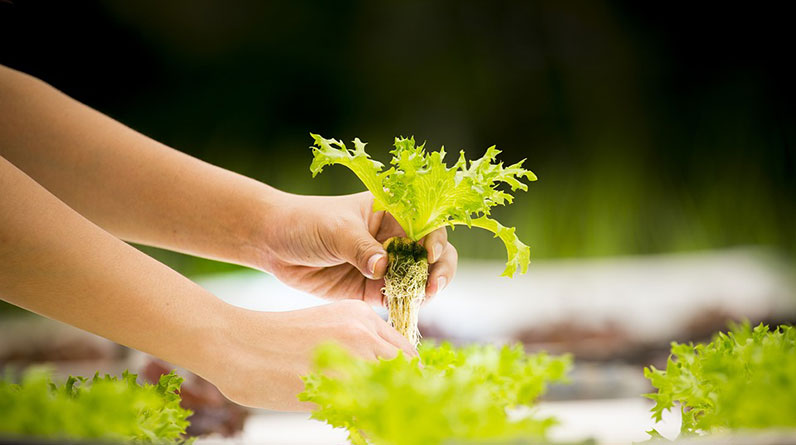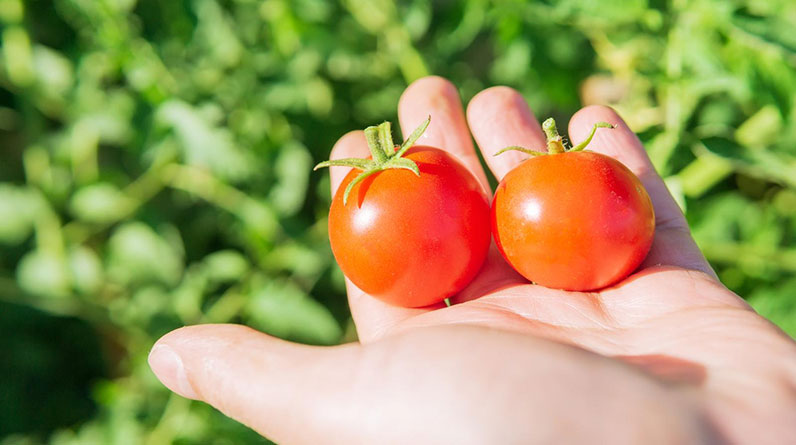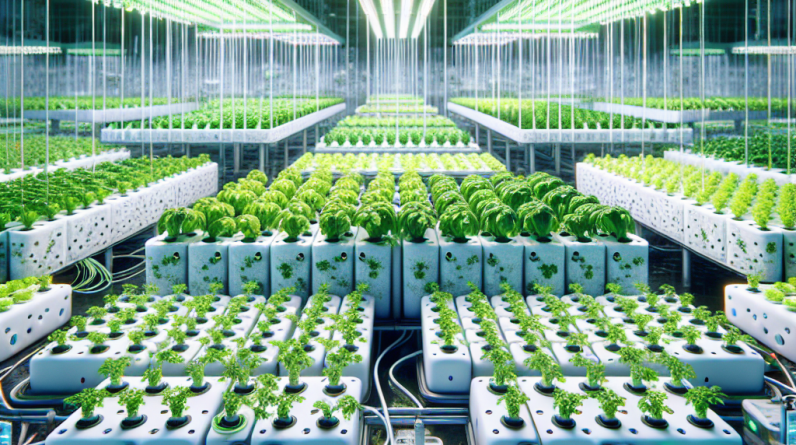
1. Understanding Hydroponics
What is Hydroponics?
Okay, so let’s kick things off by diving into what hydroponics really is. It’s basically growing plants without soil. Crazy, right? Instead, we use nutrient-rich water to fuel those lovely greens. In my experience, it can be a real game-changer for urban gardeners or anyone short on space.
The beauty of hydroponics lies in its efficiency. Since plants are not competing for nutrients in soil, they can grow faster. And trust me, after setting up my own system, the thrill of seeing those greens sprout is unbeatable!
Plus, with hydroponics, you’re not just growing any plants; you can cultivate a wide variety of herbs, vegetables, and even some fruits. The only limit is your creativity and willingness to experiment!
Benefits of Hydroponics
Now, let’s talk benefits. First off, maximizing space! Hydroponic systems can be stacked or designed vertically, making them ideal for places where square footage is at a premium. I’ve even seen setups in apartments that take up less than a corner of a room!
Furthermore, water usage is significantly reduced—up to 90% less than traditional gardening. This means not only am I saving water, but I’m also keeping my utility costs down, which I’m sure you can appreciate. Not to mention, fewer weed problems mean less hassle!
And can we talk about yield? Hydroponically grown plants can produce more, and you can achieve this on your schedule. By controlling the environment, I’ve had access to fresh herbs and veggies year-round. Who doesn’t love that?
Types of Hydroponic Systems
Diving into hydroponics means grappling with a variety of systems available, which can be overwhelming. The most popular ones include Deep Water Culture, Nutrient Film Technique, and Ebb and Flow systems. Each has its own quirks.
In my opinion, if you’re just getting started, go for something simple like Deep Water Culture. It’s user-friendly and allows for faster plant growth. As I learned, the simpler, the better when you’re new to the game.
But if you’re feeling adventurous, consider the Nutrient Film Technique. It gives you a chance to explore a more dynamic system, where nutrient solution flows continuously. Just remember, it’s all about balancing your setup with your comfort level.
2. Choosing the Right Technology
Automation Basics
Alright, let’s get into the tech of it all. When automating your hydroponic system, start with the basics. You’ll need to consider the lighting, pumps, and nutrient delivery systems. Trust me, it makes a world of difference.
Finding a good grow light is essential; it mimics sunlight and plays a huge role in how well your crops perform. I’ve experimented with different types, and LED lights have worked wonders for me in terms of energy efficiency.
Pair that with a reliable water pump, and you’re well on your way. It creates that gentle water flow required to deliver nutrients effectively. Just double-check that your pump can handle the size of your system!
Smart Sensors & Monitoring
Then you’ve got smart sensors to consider. Can I tell you how exciting it was to install sensors that monitor pH levels and nutrient concentration? It’s like having a personal assistant for my plants! I highly recommend investing in these gadgets.
These sensors will help you maintain the ideal growing conditions. I mean, who wouldn’t want a smartphone app showing them the exact condition of their plants? It’s a total lifesaver, especially if you travel or have a busy lifestyle.
And let’s not forget about timers for lights and pumps. Automation here eliminates guesswork and ensures your plants get what they need—they thrive on routine!
Advanced Systems: IoT Integration
Lastly, if you’re keen to step up your game, you might want to look into IoT (Internet of Things) solutions. This is where the magic happens! I’ve worked with devices that connect to Wi-Fi, allowing remote monitoring and control.
Imagine tending to your plants from the comfort of your couch, adjusting light schedules, or nutrient doses with just a few taps on your phone. It’s revolutionary and totally worth the investment, if you ask me.
While it may seem complicated, once you’re in the groove of using smart technology, it simplifies the whole process remarkably. Just ensure you have good internet access in your gardening area!
3. Nutrient Management
Selecting the Right Nutrients
Let’s talk nutrients! Hydroponics relies heavily on the right nutrient solutions since there’s no soil to provide minerals. Trust me, figuring this part out can be daunting, but it doesn’t have to be.
Start by understanding the basics: you’ve got macronutrients (like nitrogen, phosphorus, and potassium) and micronutrients (like magnesium and iron). I’ve seen plants flourish when I tailored the nutrients to their specific growth stage. Experimenting here yields awesome results!
There are pre-mixed nutrient solutions available, or, if you’re feeling adventurous, you can mix your own. I personally prefer the latter—it allows me to tweak and adjust as I go along, ensuring my plants get exactly what they need.
Monitoring Nutrient Levels
Reading nutrient levels might sound technical, but it’s really about checking in on your plants. I invested in a digital pen meter to measure pH, EC, and TDS levels, and it’s made life so much easier. You can catch any nutrient imbalances before they turn into bigger problems!
The beauty of automation comes into play here too. Many advanced setups have automatic adjustments based on sensor readings, so you can tweak things without constant manual intervention. Super nifty!
But if you’re going old-school and doing it manually, remember to keep notes. Document changes and observe how your plants respond. It’s like having a little hydroponic journal, and one that pays off.
Adjusting Nutrients for Growth Stages
Lastly, be aware that plants have different nutrient needs at different stages of growth. It’s essential to adjust your solution accordingly—way key for success. For instance, seedlings need a different mix than mature plants. I learned this the hard way during my first attempts!
There are nutrient schedules that lay this all out for you, so I recommend looking up a few. They can guide you through all the stages. Trust me, it’ll save you a ton of trial and error.
And remember: don’t be afraid to experiment! Every plant has its personality, and what works for one might not work for another. Keep it fun and enjoy the learning process!
4. Lighting and Environment Control
Understanding Plant Light Requirements
If I had to pinpoint the most crucial element in a hydroponic system, it’s light. Plants convert light into energy, so understanding light requirements is huge. When I first started out, I didn’t fully grasp this, which set me back a bit.
Different plants have different light needs—some thrive with several hours of direct sunlight, while others need a bit more shade. Researching the specific light requirements of your plants is key. Honestly, a little bit of trial and error, paired with research, can lead to fantastic results.
The takeaway? Make sure you have the right lighting setup for your specific crops to get the best growth possible.
Temperature and Humidity Control
Another major player in the hydroponic world is temperature and humidity. Many plants are sensitive to both. That’s why I always check the environment before adding any new plants to my system. Too cold or too humid, and you can lose plants faster than you can blink!
Creating a stable growing environment is crucial. I’ve found that using fans, humidifiers, or dehumidifiers can maintain the ideal conditions. It might sound like overkill, but believe me, consistency is your friend here!
Consider investing in thermostats and hygrometers to keep track of things. Monitoring these variables feels daunting, but using tools can make it super simple.
Supplemental Lighting for Growth Stages
If you’re growing indoors, don’t skimp on supplemental lighting! I learned this after a few rough patches with weak sprouts. A good grow light will give your plants the boost they need during their early days, especially when natural sunlight is lacking.
Different stages of growth may require varying light intensities, so it’s a good idea to adjust the distance of the lights to your plants based on what they need. I love using adjustable grow lights that I can move up or down depending on my plants’ heights.
Your goal should be to simulate natural conditions as much as possible. Getting this right will make your hydroponics journey a smoother ride!
5. Routine Maintenance and Troubleshooting
Regular Check-ups
Just like any exciting new venture, routine maintenance is key in hydroponics. When I first dove into this hobby, I didn’t realize how important it was to keep tabs on my system regularly. Weekly checks can save you from bigger problems down the line!
Check the water levels, look for any signs of mold or pests, and see how your plants are responding. Trust me, it’s way easier to resolve minor issues early than to face a major setback later. I learned this the hard way during my first year!
Consistency truly pays off when it comes to plant care. Signs of stress or sickness will escalate quickly if not addressed. So, be vigilant, and your plants will reward you with amazing growth!
Troubleshooting Common Issues
Every gardener faces challenges, and hydroponics isn’t any different. I’ve had my share of issues, from nutrient deficiencies to pests. Knowing the common problems can make you feel a little less alone, I assure you!
Signs of deficiencies vary from yellowing leaves to stunted growth. Understanding these signs can lead you to a solution. If your plants show yellowing, it could be nitrogen deficiency. Swapping out your nutrient solution usually does the trick!
Pests can be a tough one, too. Keeping an eye out for little critters is vital. I found that using companion planting techniques can help fend them off, and that’s been a real lifesaver for me!
Documenting Your Hydroponic Journey
Finally, don’t forget to document your hydroponic journey. The progress of growth, notable challenges, and solutions discovered all contribute to your learning experience! I started a journal just for this, and flipping through it has been both enlightening and encouraging.
Not only does it help capture your successes, but it also helps identify patterns in problems encountered. Over time, you’ll develop a better understanding of your own garden and how to optimize it. It’s like a little trophy to remind you of how far you’ve come!
Plus, sharing your journey with others can be so rewarding. Whether through social media or local gardening groups, connecting with others keeps the passion alive. Hydroponics doesn’t have to be a lone journey!
FAQ
1. What is hydroponics?
Hydroponics is a method of growing plants without soil, using nutrient-rich water instead. It allows for efficient growth and can be done in limited spaces.
2. What are the main components needed for an automated hydroponic system?
The key components include grow lights, pumps, nutrient delivery systems, smart sensors, and timers for regulating water and light schedules.
3. How do I manage nutrients in hydroponics?
Select the right nutrients based on your plants’ growth stages, monitor their levels regularly, and adjust as necessary. Pre-mixed solutions can be convenient for beginners.
4. How can I troubleshoot issues in my hydroponic system?
Perform regular check-ups, look for common signs of stress in plants, and be prepared to implement solutions based on your findings. Keep an eye out for nutrient deficiencies and pests.
5. Why should I document my hydroponic journey?
Documenting your experiences can help track your progress, identify successful methods, and learn from challenges faced. It’s an invaluable tool for improving your gardening skills!


